How Did It Get In There?
He couldn't believe his eyes when he first saw it. Even though he considered himself an expert on marine life, he had never seen anything like that. He was fascinated and terrified as he stared at it and began to wonder.
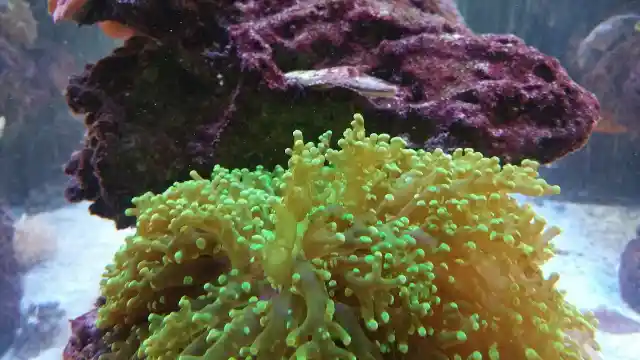
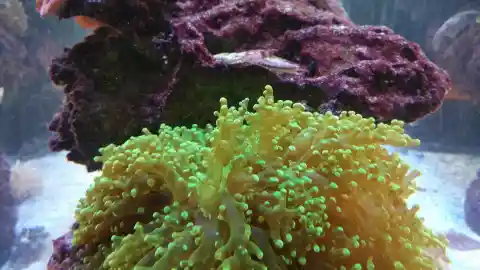
How had it gotten in there, and how would he get it out? He didn't feel prepared for the task. But what would become of the rest of his creatures if he did nothing?
Aquarium Enthusiast
The owners of fish tanks and home aquariums rarely face such problems. The majority of marine life that people typically keep consists of harmless fish, coral, turtles, etc. That's exactly what YouTube user Gurutek was familiar with. He was a devoted aquarium enthusiast who enjoyed keeping various tropical fish in all sorts of vibrant colors.


However, he one day realized that he had signed up for more than he had bargained for and that his whole aquarium would be put at risk.
Coral Disappearing
Gurutek kept a sizable fish tank filled with various fish and coral. He also made an effort to make sure the water was in the ideal condition for the aquatic life to flourish. But then, one day, he began to notice something strange.


His aquarium's coral seemed to be disappearing. He initially believed he might be imagining. But suddenly, entire coral colonies began to vanish overnight. There was a problem.
Mystery To Solve
He tried to figure out what was causing his coral to disappear. Some fish, including parrotfish, have been observed eating coral. He didn't, however, have any of those fish in his tank. He then checked the temperature of the water, acidity, and salinity, all of which can affect coral health. He also looked for signs of illness in the remaining coral.
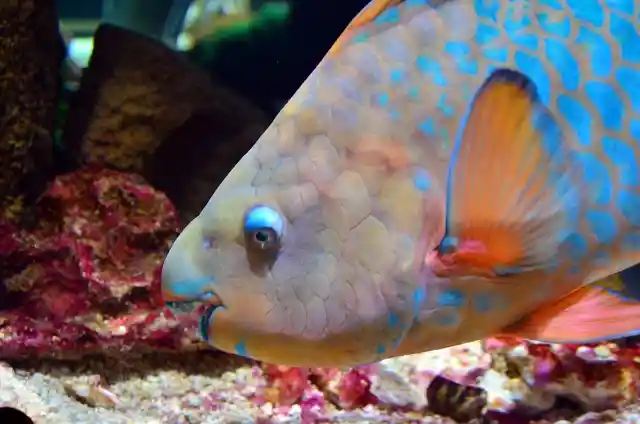
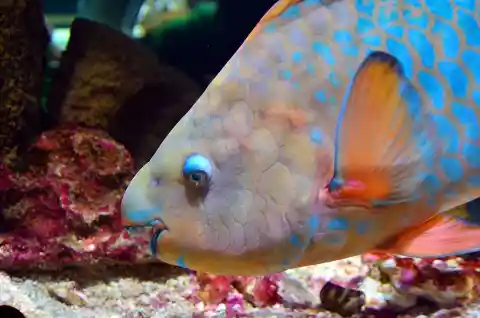
However, none of these elements would make coral suddenly disappear overnight. He could not place it, but he felt there had to be something else.
Monitoring The Situation
He was forced to acquire more coral to maintain the colonies' health because he was unable to identify the cause of the mystery. But he didn't forget about the problem. He began monitoring his fish tank more carefully to spot any indications or hints that would help him find the solution.
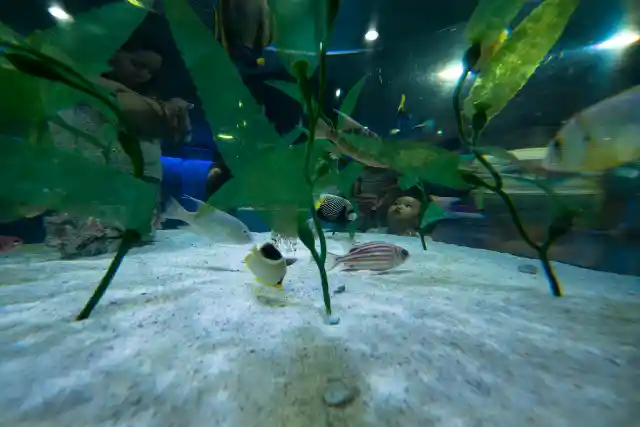
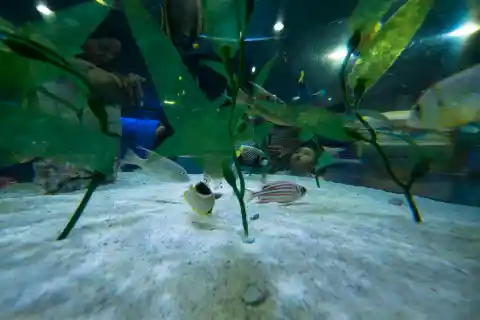
But, no matter how hard he looked, nothing seemed amiss. Then, while researching potential marine predators, he made an important realization.
Nocturnal Predators
Many ocean predators are nocturnal creatures, only emerging to hunt at night. Gurutek most likely wasn't able to determine what was destroying his coral for this reason. So he chose to stay awake and sit in the dark in front of his aquarium. He was so determined to catch the suspect.
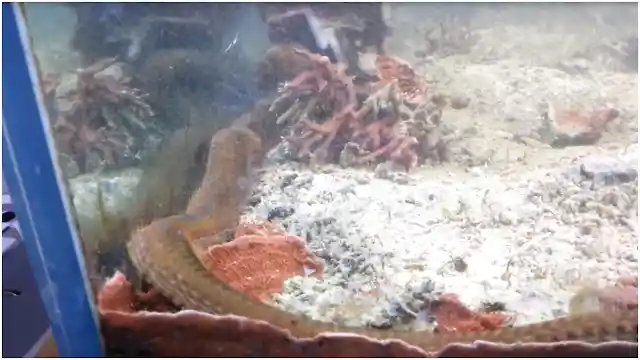
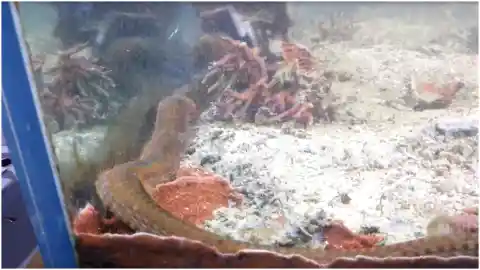
He finally made some progress after a few nights of this experiment. He noticed movement in the sand at the tank's bottom and caught a glimpse of something slithering around. But it was just too dark to make out what it was.
Unsuccessful Attempt
In the middle of the dark room, Gurutek couldn't see what the strange animal was. When he turned on the light, the creature stopped moving, and Gurutek could no longer see it. Despite his unsuccessful attempt, he tried to find the animal a few more times, only succeeding three times in a year.


This was obviously a monster that did not want to be discovered. But Gurutek's moment of truth came when he decided to move his aquarium.
Finally Showing Itself
Gurutek started the laborious task of dismantling everything to relocate his massive aquarium to a new location. He moved the fish, rocks, and other items to temporary tanks. Finally, the sand at the aquarium's bottom and a few pieces of dead coral remained.
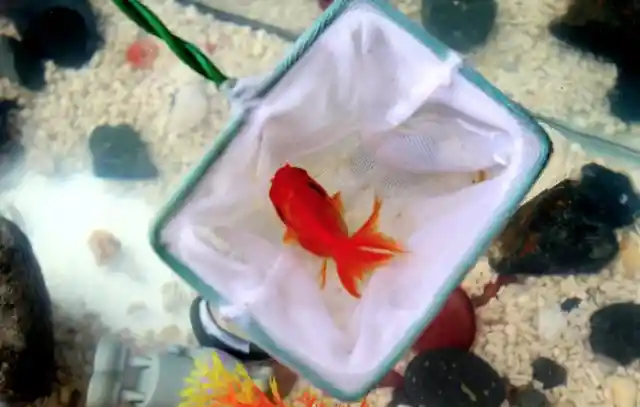
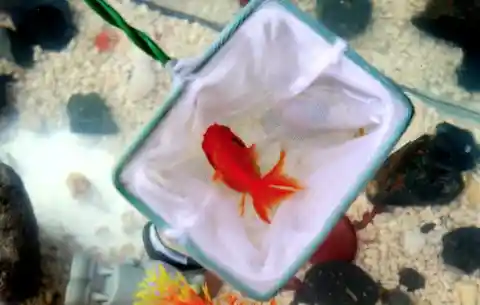
Gurutek dug through the sand with a long tool until he spotted something moving. The creature finally surfaced.
A Real Nightmare
Gurutek and his pals were in awe of what they saw as the creature crawled from the sand. It looked like a water snake in length and shape but had bristly limbs like centipedes and no visible head. It was frightening.
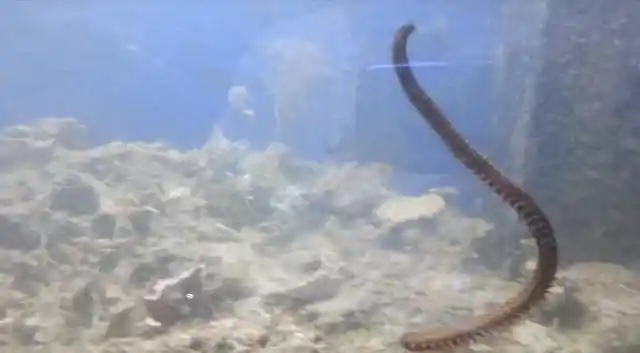
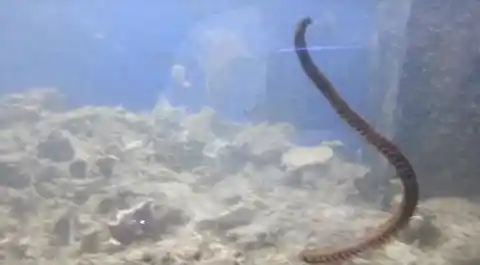
Gurutek tried to catch it with a pair of tongs after regaining composure. However, the creature's tail completely snapped off and continued to wiggle as the rest of its body rapidly circled the aquarium. A terrifying sight presented itself. But what sort of monster was this?
Predatory Worm
Gurutek finally identified the intruder in the aquarium as a Bobbitt worm, also known as a sand striker, after conducting some research. It is a predatory worm that lives on the ocean floor and typically hunts through the use of ambush.
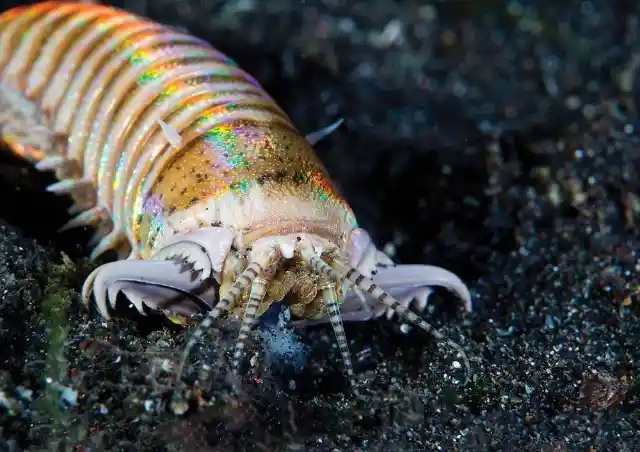
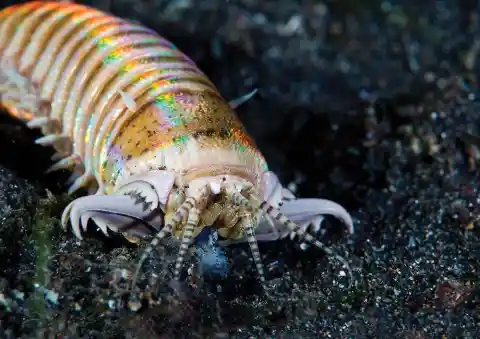
It can quickly and efficiently slice its prey in half thanks to its razor-sharp teeth and incredible speed. Fish and coral from Gurutek's tank were no match for this awful beast. But why was it in his aquarium?
Accidental Stowaway
Bobbitt worms are usually found in warm oceans such as the Indo-Pacific and Atlantic, which leads many to wonder how one ended up in a British man’s aquarium. However, like many sea creatures, these worms are broadcast spawners.
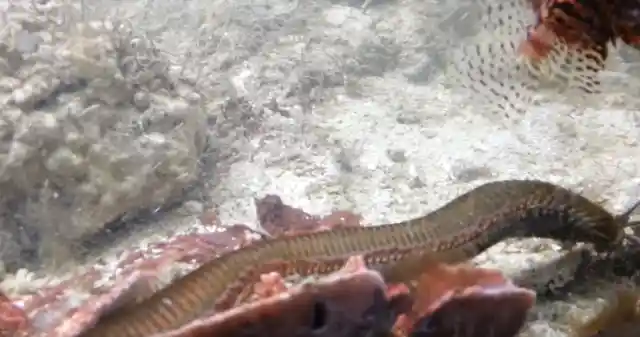
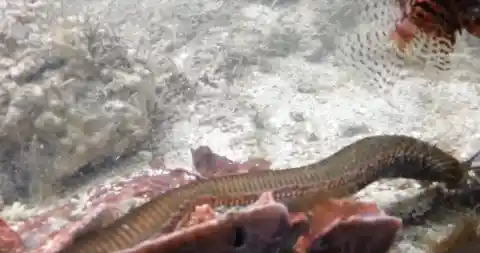
This means that females release their eggs into open water, and the males fertilize them as they are discharged. Sometimes the eggs adhere to plants or rocks for survival, which could explain how one of them hitched a ride to Gurutek’s tank. So what did he plan to do with it?
Rehoming The Worm
Despite being fascinated by this otherworldly creature that lived in his fish tank for two years, Gurutek did not want to keep it. After all, it was a fierce predator with a powerful toxin that could kill or severely harm all the sea life in his aquarium.
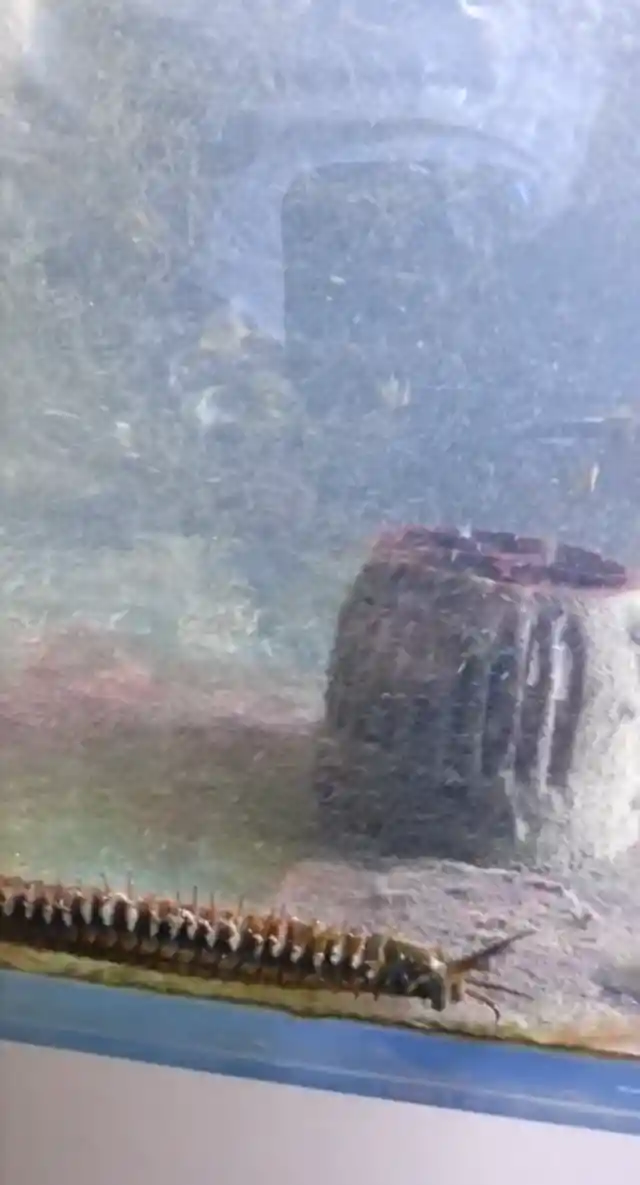
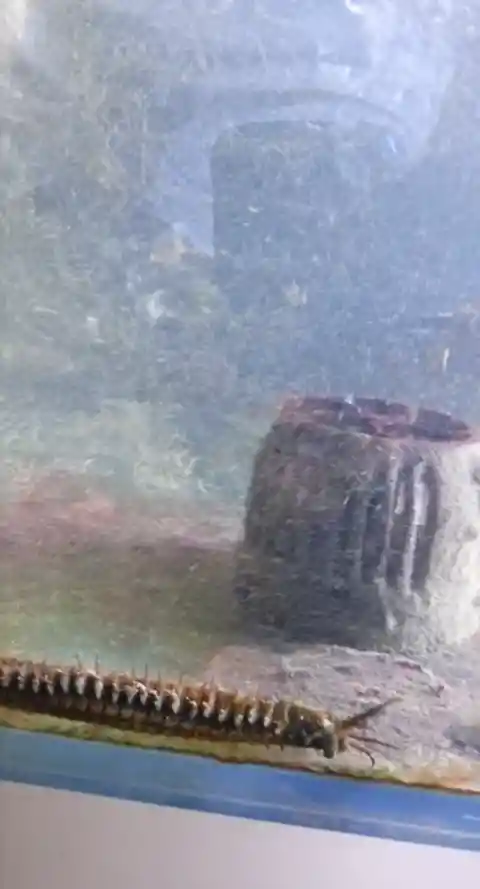
So he contacted a fellow marine fish keeper, who was more than happy to take the huge worm and give it a new home. Meanwhile, Gurutek decided to share his discovery with the world.
A Fascinated Public
Gurutek uploaded the video of the Bobbitt worm to his YouTube page, and soon it gained a lot of attention — being viewed over 8 million times. Most of the commenters agreed that the creature was terrifying, and many suggested Gurutek should kill it, while others said he should dry it and frame it.
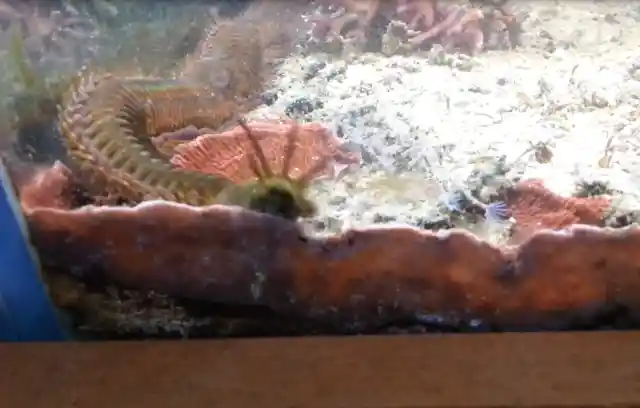
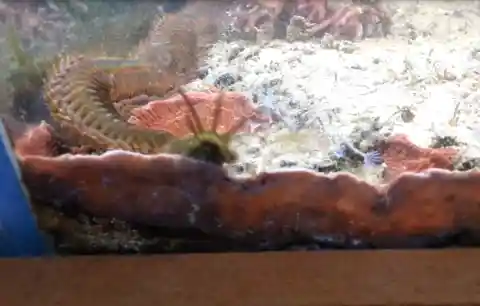
Others couldn’t comprehend how it had lived in his tank for so long without him noticing, which is a fair point. But there’s precedent for that.
Other Sneaky Worms
There are two recorded instances of Bobbitt worms being accidentally introduced into aquariums. The Blue Reef Aquarium in Newquay, England, once found a specimen in a tank display. Staff had noticed injured or disappearing fish, as well as coral, sliced in half.
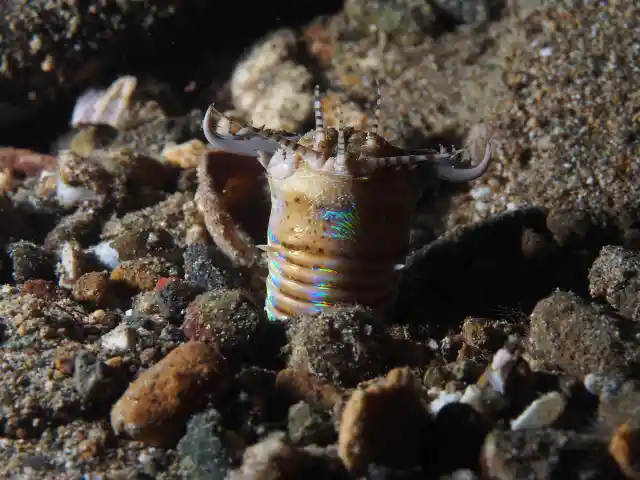
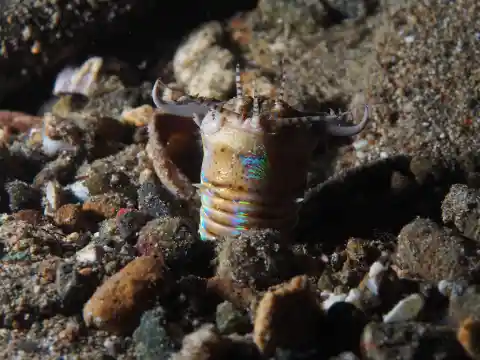
Just like Gurutek, they discovered it while taking the display apart. A branch of Maidenhead Aquatics in Woking also found a Bobbitt worm in one of their aquariums. By the way, do you know how this worm got its name?
Questionable Namesake
Many animal species are named after the scientist who discovered them, so it would make sense that this is how the Bobbitt worm got its name. But that’s not the case.


The worm is named after Lorena Bobbitt, the woman who, in 1994, gained international infamy by cutting off her husband’s genitals. It makes reference to the Bobbitt worm’s sharp, scissor-like jaws.
Just How Old Are These Creatures?
The Bobbitt worm is by no means a new creature to this planet. There were two cases in which Bobbitt worm fossils had been found. One such occurrence was in Taiwan, where the fossil found was dated to about twenty million years old, and the other was discovered in Ontario, Canada, where the fossil is believed to be four hundred million years old.
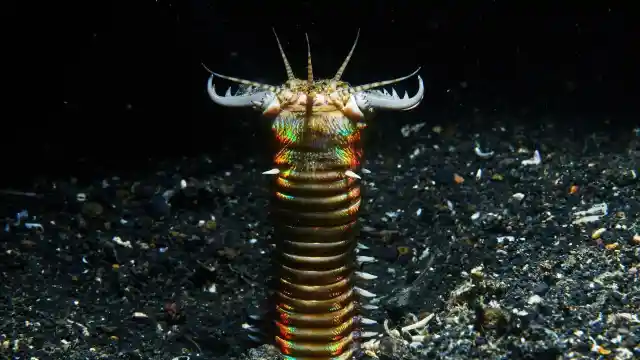
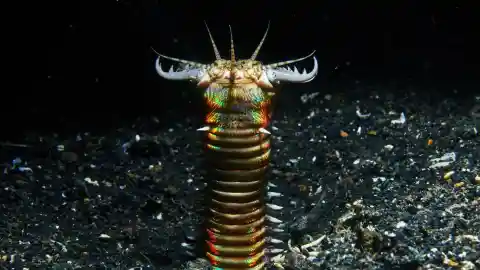
But such fossils are fragile and tend to dissolve, so how did these survive?
The Taiwan Dig
Professor Ludvig Löwemark and professor Masakazu Nara were in Taiwan searching for trace fossils of other ancient animals when they stumbled upon the twenty million-year-old Bobbitt fossil. In total, the professors discovered 319 fossils at the sites they were busy with.
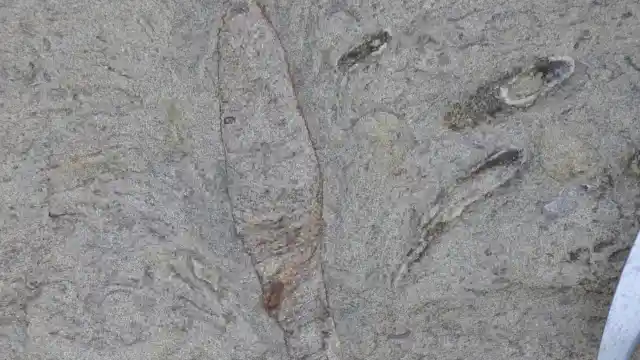
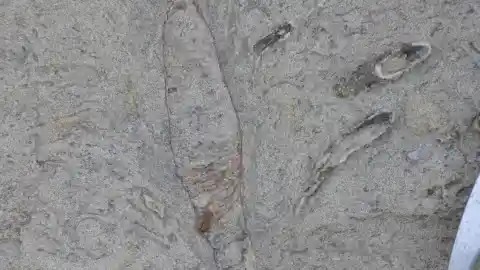
But the Bobbitt fossil had them intrigued.
Examining It
The professors took their findings back to the lab and started analyzing them. Thanks to a chemical analysis that showed that the fossil had a high iron content, they deduced that the fossil was a burrow typically made by soft-bodied animals.
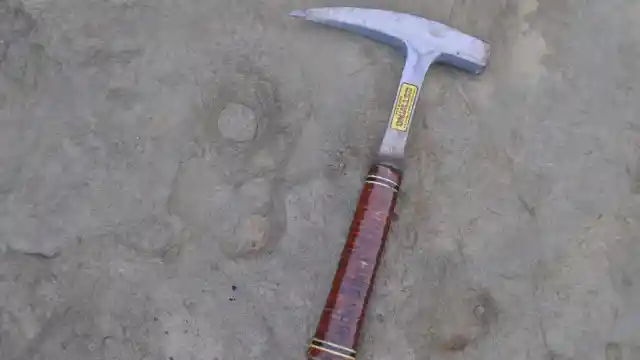
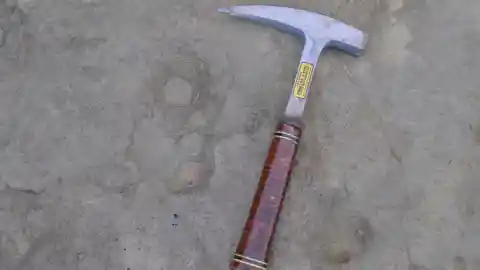
The high iron content accrued because the worms tend to stabilize their burrows with mucus.
Distinct Shape
The burrow was L-shaped, proving that it was made by a soft-bodied animal because it can’t dig much since the ground becomes too hard. But the real proof came when the professors noted that the burrows weren’t the same size as other burrow diggers like eels.
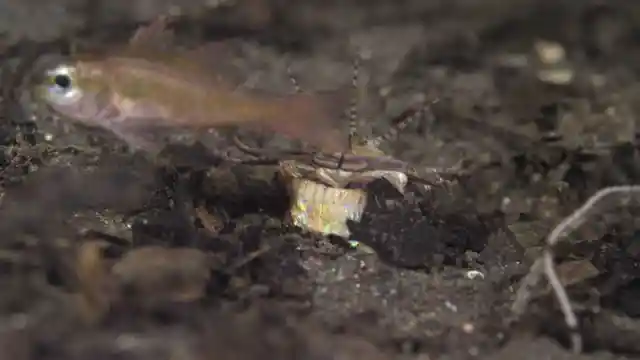
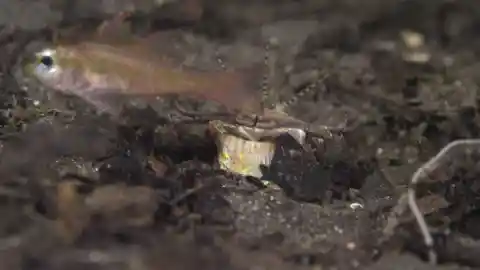
The professors then compared the burrows to that of modern-day Bobbitt worms and found a match.
How Big Is Big?
The longest Bobbit worm ever discovered was found in an aquaculture raft in Shirahama, Japan. It was a whopping 117 inches long and weighed 15.27 ounces. But that’s not a common sight. A typical Bobbitt worm is about 3 feet long.
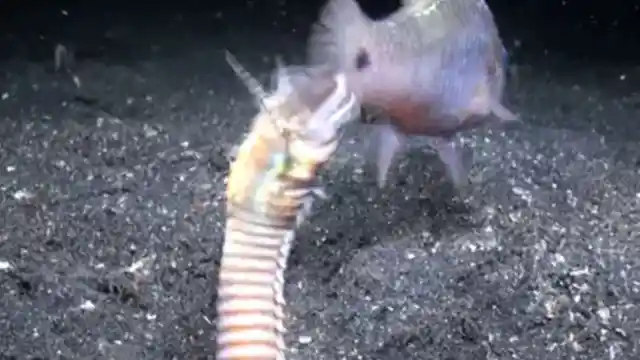
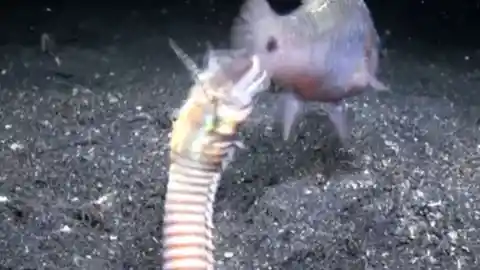
However, some larger worms- approximately the size of the one found in Japan- have also been found in Australia and the Iberian Peninsula.
Stealthy Predators
A Bobbitt worm’s entire body is rarely seen since they are concealed by their burrows, making them stealthy predators. Once pray falls victim to their traps, Bobbitt worms instantly act. They will rapidly thrust their bodies out of their den and snag their prize.
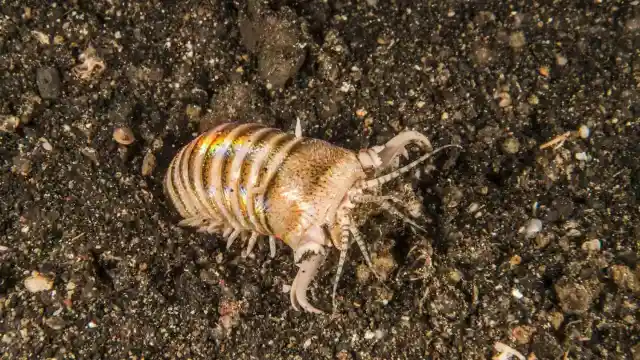
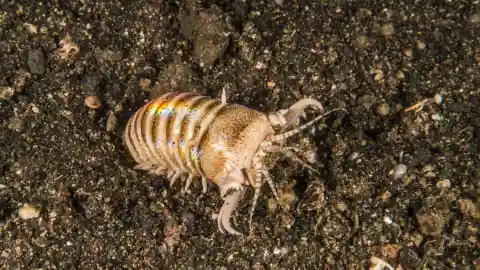
The unfortunate prey spends its last moments in the den with the nightmarish creature.
Can’t See
Bobbitt worms have eyes on the front section of their heads, but they are practically blind. Instead of seeing their prey, they sense them with their antennae.
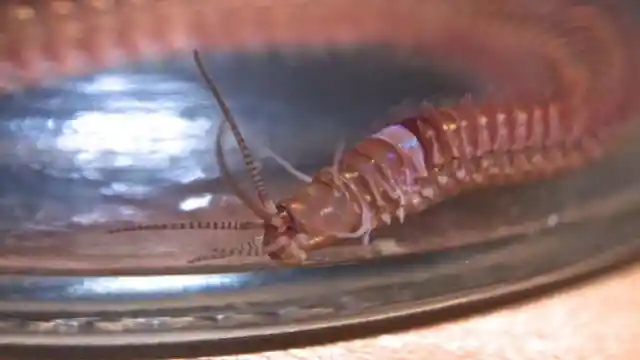
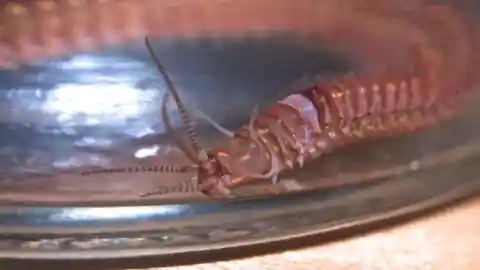
They don’t have a brain, though. They rely on a large sector of nerve cell clusters in their autonomic nervous system instead of spending the day thinking about fish.
Prey Is Not Helpless
Over time fish have come up with a deterrent for Bobbitt worm attacks. Certain tropical fish like the Peters’ monocle beam tend to throw sharp jets of water at Bobbitt worms when they try to attack, and they often don’t act alone.
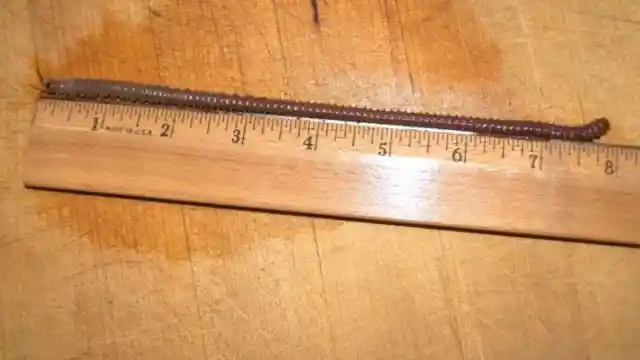
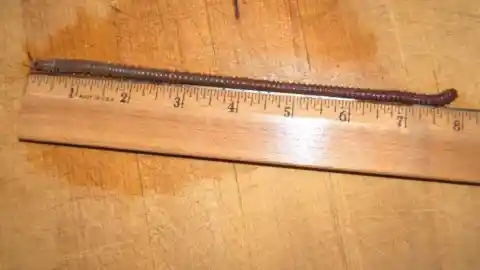
Once one sees it, the rest will join the defense.
Wide Jaws
A Bobbitt worm’s jaws are wider than its body when they are fully extended. The Bobbitt worm will often be completely hidden in its burrow, with only its wide, extended jaws sticking out as it waits for its next meal to approach.
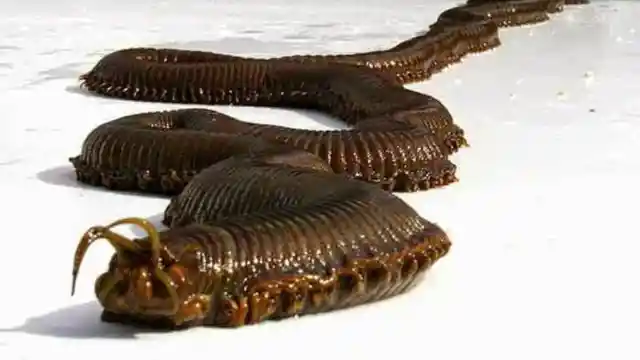
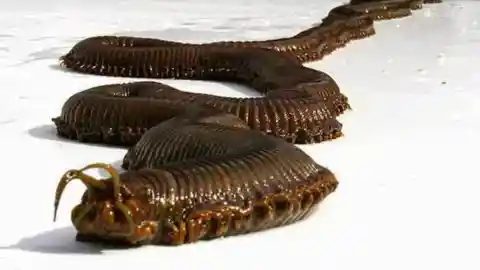
And those jaws are strong enough to cut its prey in half.
Power Of Bristles
The Bobbitt worm’s body is covered in powerful bristles that allow them to grip onto the walls of its burrows and quickly push out when prey is within its grasp. It also helps them to pull their prey in.
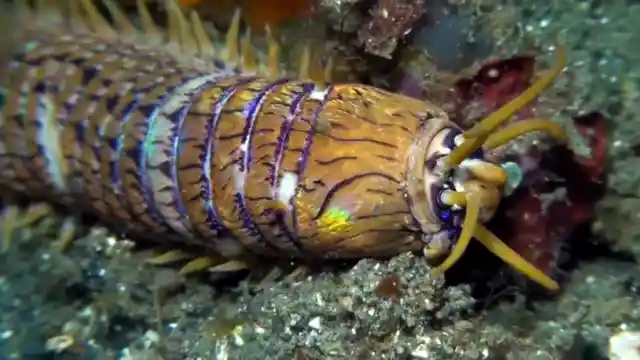
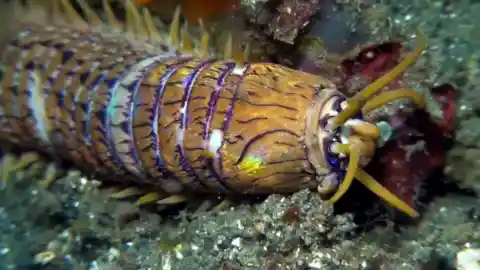
But the Bobbit worm is not the only ocean creature that knows how to pack a punch.
Powerful Shrimp
The Mantis Shrimp is a small creature- only about 0.4-11.8 inches in length- and it's a real beauty. But this shrimp can pack a punch that will leave its enemies wobbling. Nothing is confirmed, but it’s said they could have the fastest punch known to science.
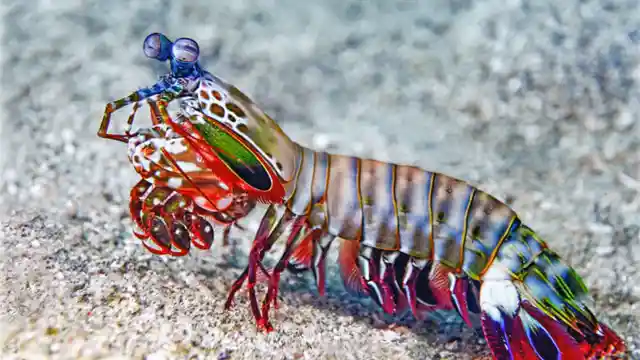
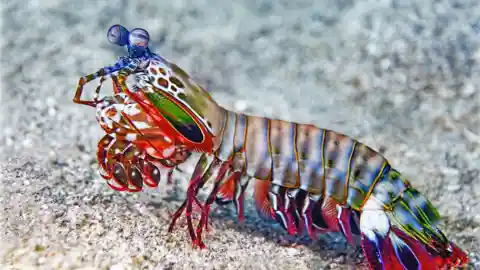
Could that be true?
Survival
Mantis Shrimp are among the most important predators in many of their habitats, but they are often misunderstood. Many shrimps burrow underground or take shelter in holes, but some of them prefer fighting over hiding.
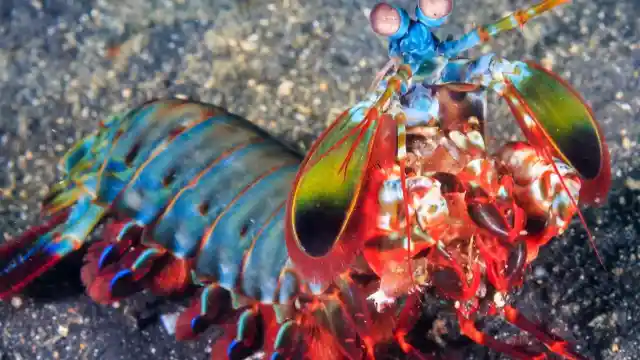
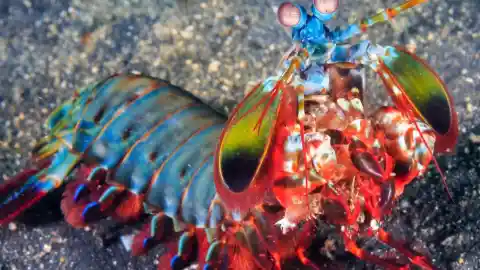
They can spear, stun and dismember their prey, but what about their predators?
Interactions With Humans
Humans who handled shrimps incautiously often report having painful wounds caused by the shrimps, but how can such a tiny critter possibly inflict such injuries on a human? It’s all in the name. Mantis shrimp either have calcified “clubs” or sharp forelimbs which help them defend themselves or strike their pray.
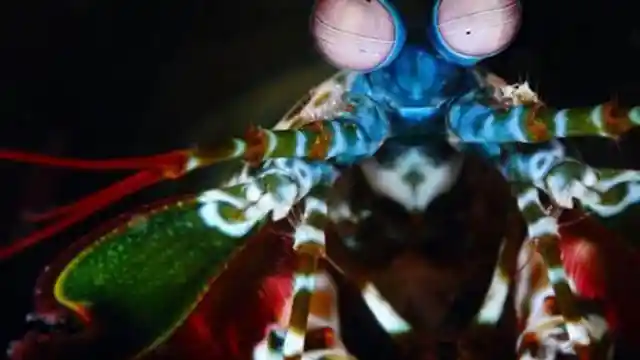
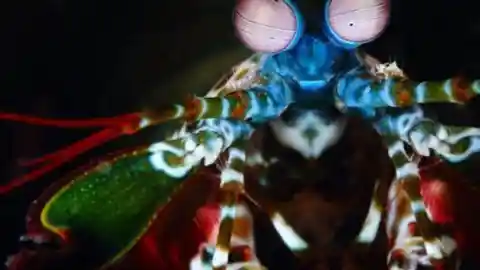
That’s what makes the Mantis Shrimp such a powerful puncher.
Actual Damage
When a mantis shrimp strikes, its movement is fifty times faster than the blink of an eye. Its acceleration is faster than a .22 caliber bullet, and that alone can cause severe damage to whatever it is within striking distance.
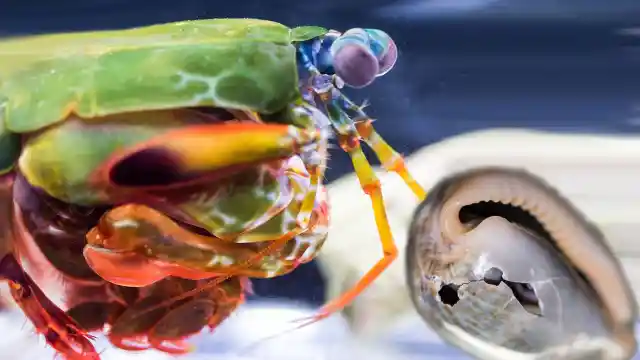
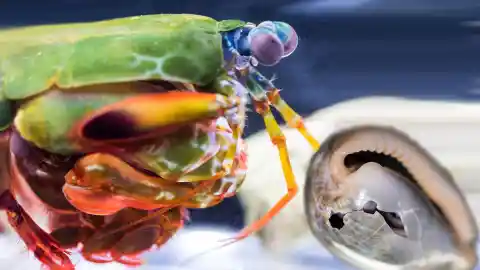
But the damage isn’t the only thing such a fast strike does, especially not underwater.
Unique Side Effect
The punch of a Mantis Shrimp is so powerful and fast that it boils the water around it. So even if the punch doesn’t connect, the swirl of boiling water that follows is sure to do something to its predator or prey.
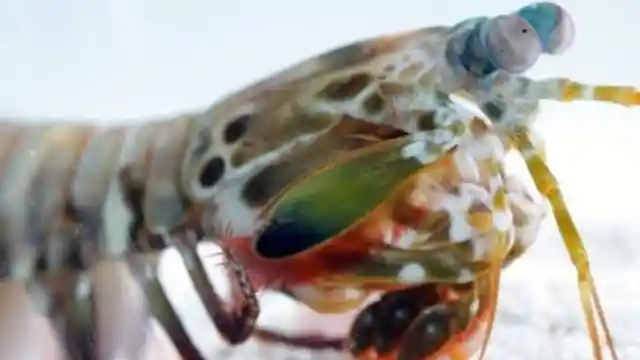
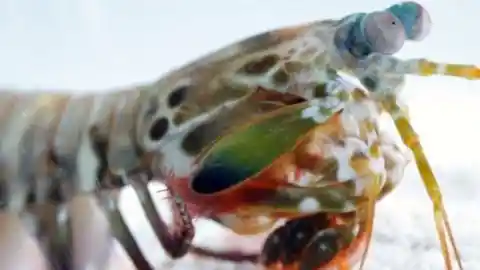
But their punch isn’t the only thing that makes them unique. They also have odd mating behavior.
In order to protect the privacy of those depicted, some names, locations, and identifying characteristics have been changed and are products of the author's imagination. Any resemblances to actual events, places, or persons, living or dead, are entirely coincidental.